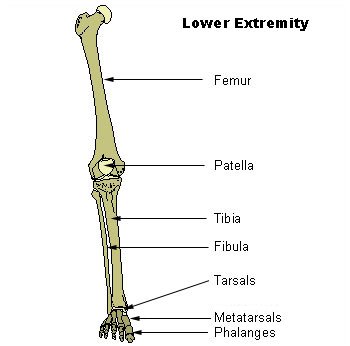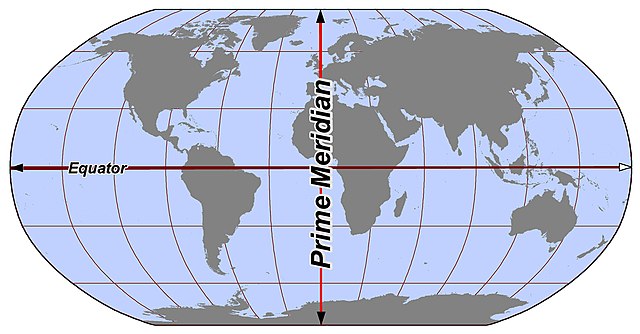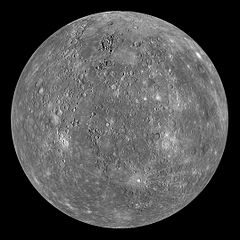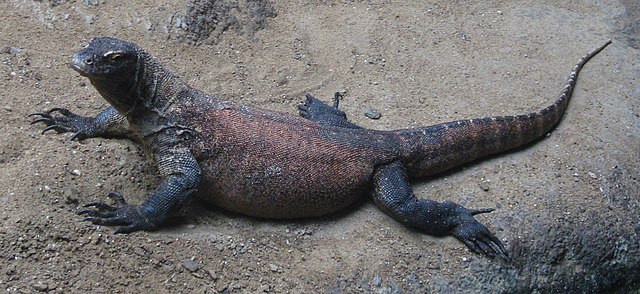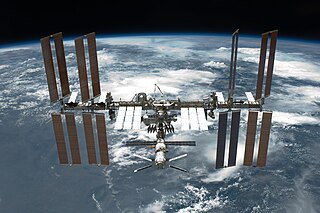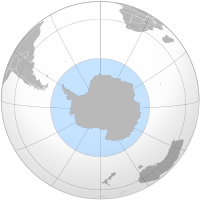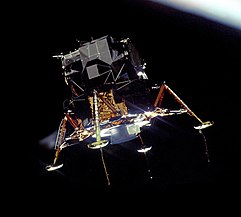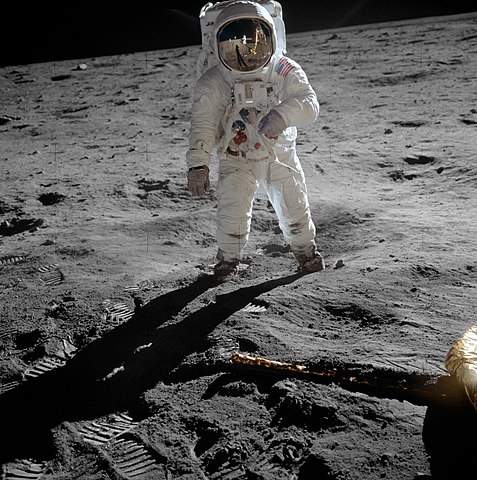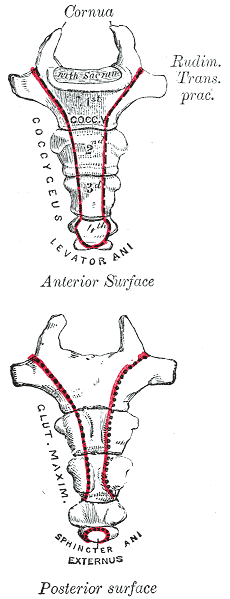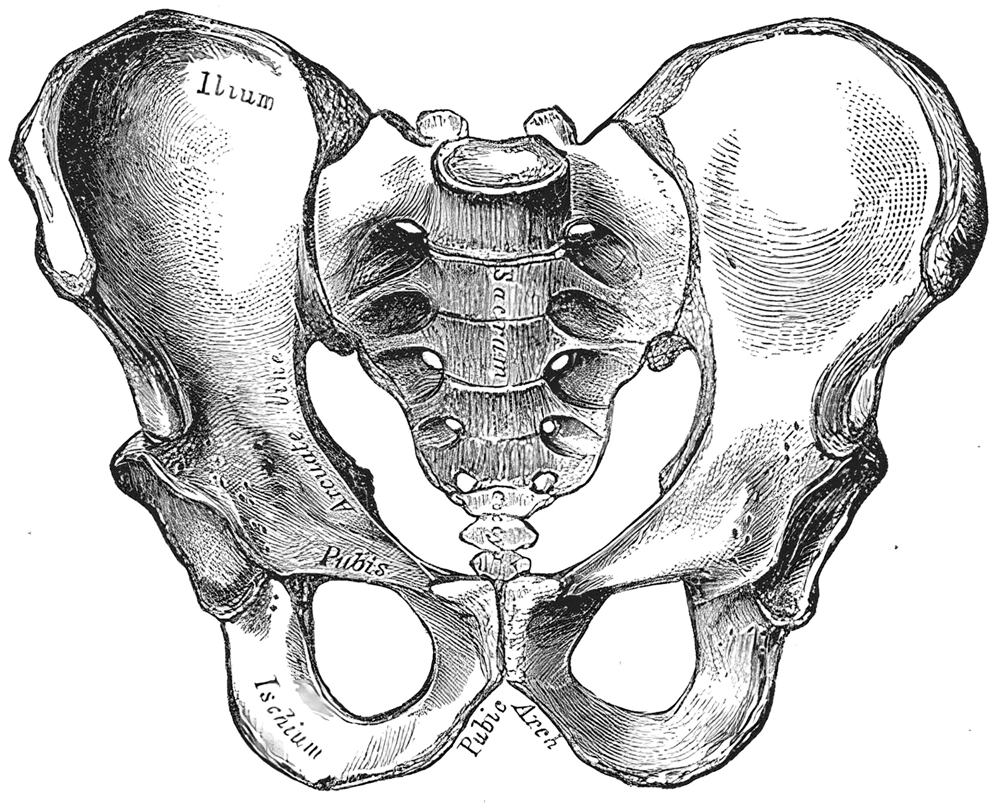We just learned about And Or Logic Gates.
When we talk about letters and words, we know that A is a letter,
and Apple is a word with the letters A, p, p, l, e.
For numbers, instead of saying letters we call them digits So the number 174 has the digits 1, 7, 4.
The numbers we use every day go from 0 to 9.
The digits are: 0, 1, 2, 3, 4, 5, 6, 7, 8, 9.
(The number 10 uses the digits 1 and 0.)
Since there are ten digits, we use the word decimal.
What if we only had two digits to use, 0 and 1?
Could we still make numbers?
Yes!
We can make the numbers: 0, 1, 10, 11, 100, 101, 110, 111 and so on!
Since we're only using 2 digits, we use the word binary (like bicycle which has two wheels)
When we want to match up our decimal numbers to our binary numbers,
we just put them in the same order.
binary 0, 1, 10, 11 is the same as decimal 0, 1, 2, 3
So b0 = d0, b1 = d1, b2 = d10, b3 = d11 and so on!
We already learned about how computers use 1 and 0 to turn lights on and off on your computer screen.
The whole computer uses just binary numbers to do all the math to turn those switches on and off.
Just think, giving a computer a number like: 1110 can be like telling it to turn 3 lights on, and the other one off!
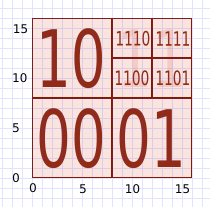
(from: wikipedia - binary number)

